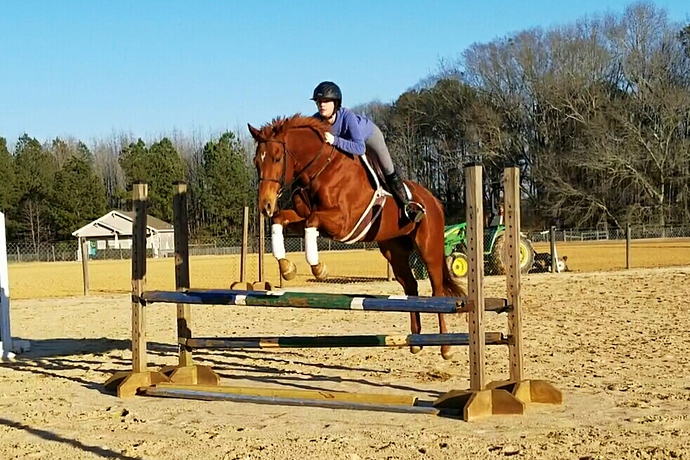Ok, soooo looking for more advice, since I’ve read so many different things and now my head is spinning from everything.
Gabapentin didn’t seem to make a difference for him. I also had my trainer ride him for the first time in years to see how they thought he felt. Basically, I have noticed tripping in the front with him, mostly at the walk but occasionally at the trot. I’ve been riding him not in any sort of collection because of his neck. I asked my trainer to try to collect him up a bit and see how he feels, and while they could get him to collect, he was really hard in the contact and just didn’t seem happy still. So no change there. Trainer did note that they did not really notice tripping in the front at all, but his hind end slipped once (he does have fusing hocks. Stifles look fine on rads but I do lots of stifle strengthening exercises anyways).
My vet and trainer both share the same concern as me - that once he stops being ridden/moving around a lot (he doesn’t move much in his paddock), he’s going to begin falling apart. I would like to reiterate though, since I know people will say to retire him - that is not off the table at all at this point and I am still heavily leaning towards retiring him. This is just an inquiry for if I do decide to try anything else at this point.
Soooooo I could try shockwave, or maybe Osphos? I have seen others saying shockwave has helped, but it would be multiple sessions and the price would add up quick. It seems like Osphos would be more of a one-and-done situation until he needs it again a while down the road. I have never done either of these treatments before so am not very familiar with them. It seems like shockwave may be better for his neck, but I am wondering if the Osphos could also help his hocks (hocks have been injected this spring).
Going to chat with my vet too of course, but please lmk your thoughts!

